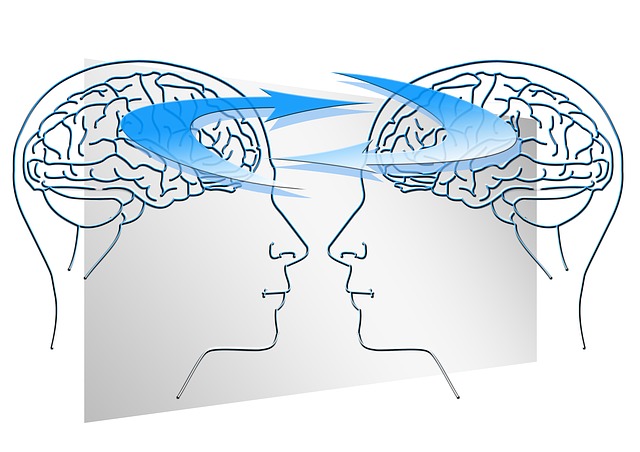
Right now, we are all familiar with two basic types of communications. There’s verbal communication or the use of words to exchange ideas and information. And there’s nonverbal communication or the use of signs to convey one’s thoughts and feelings. Nonverbal cues include a person’s tone and pitch of voice, facial expressions, hand gestures, and posture among others.
Thanks to the experimentation efforts of researchers from the University of Washington, we might have to add one more type of communication to that list soon. It’s called brain-to-brain communication.
According to Assistant Professor Andrea Stocco, lead author of the study published in PLOS One, “This is the most complex brain-to-brain experiment, I think, that’s been done to date in humans. It uses conscious experiences through signals that are experienced visually, and it requires two people to collaborate.”
For the experiment, brain electrical activity is detected by making participants wear caps that are connected to EEG (ElectroEncephaloGraphy) machines. There are two sets of participants involved — the respondents (who wore the EEG caps used to capture and record their brain waves) and the inquirers (sitting in a dark room wearing noise-cancelling headphones, their heads locked in place by a headset with a magnetic coil that’s meant to generate magnetic fields of varying intensities and stimulate the person’s brain).
The experiment took on the form of a game much like the popular ’20 Questions’ game, but with a small twist.
On the inquirer’s screen, a list of 20 objects with a corresponding set of yes-no questions is displayed. Each game begins with the respondent being shown an object on his/her computer screen. Meanwhile, a list of 20 objects with a corresponding set of yes-no questions is displayed on the inquirer’s screen. The inquirer chooses one of the 20 objects, clicking on his/her mouse to send the question to the respondent.
To answer the question, the respondent needs to focus his/her gaze on one of two flashing lights. Each one is flashing at a different frequency — one signifies yes, the other signifies no. While both responses transmit a signal back to the inquirer, he/she can only perceive the positive response as it stimulates his/her visual cortex by producing ‘phosphene’ — a flash of light that’s visible. When the inquirer sees this flash of light, he/she knows it means the respondent answered yes. If the responder answers no, the inquirer will not see any flash of light.
To make sure the participants weren’t cheating, the experiments were conducted using a combination of real and controlled games. The researchers used five pairs of participants who were housed in labs that were more than a kilometer away from each other. And each pair played 20 rounds of the game.
The results of the experiments showed that in real games, the correct object was identified in 72% of the cases. However, when it came to control games, the inquirer was only able to make correct identifications 18% of the time.
What do these results mean? The study shows that it is possible to directly link human minds across long distances, making them understand each other without the use of traditional verbal and nonverbal communication. And that’s just the beginning. First, there’s understanding. Next comes influencing. And finally, controlling. The first two we might find as exciting prospects. Imagine being able to read someone’s mind and having the power to influence that person’s decison simply with your thoughts. It’s kind of cool, isnt’t it? It’s the final phase though that’s kind of scary — the stage when controlling one’s mind is already doable. We hope it won’t come to that. Better yet, we hope this technology is not being developed for that ultimate purpose.
- Bulenox: Get 45% to 91% OFF ... Use Discount Code: UNO
- Risk Our Money Not Yours | Get 50% to 90% OFF ... Use Discount Code: MMBVBKSM
Disclaimer: This page contains affiliate links. If you choose to make a purchase after clicking a link, we may receive a commission at no additional cost to you. Thank you for your support!




Two people acid trip linked could do this without the gadgets.